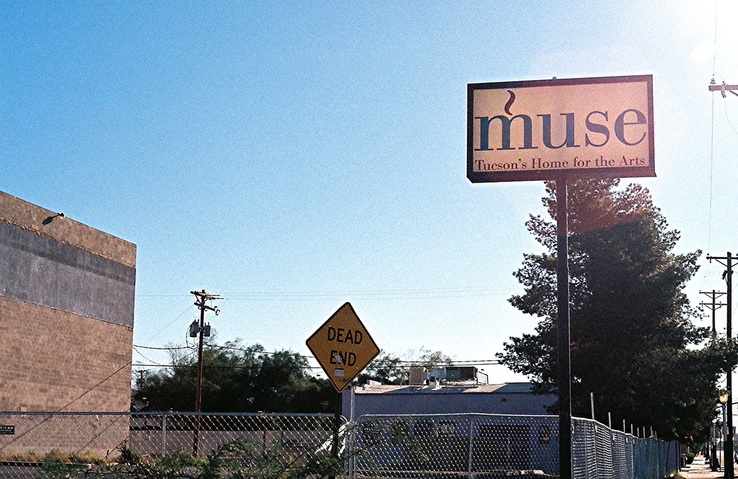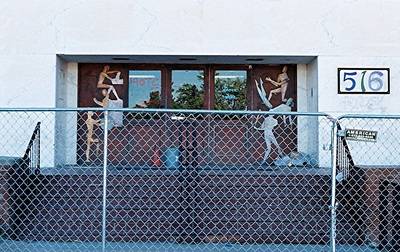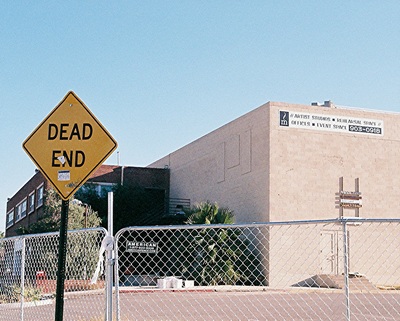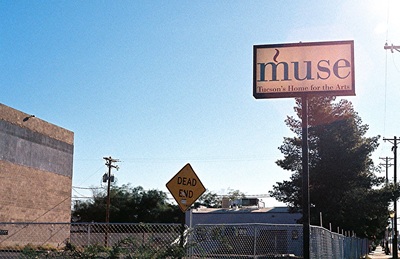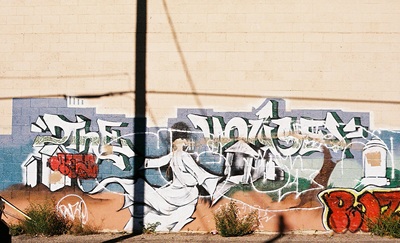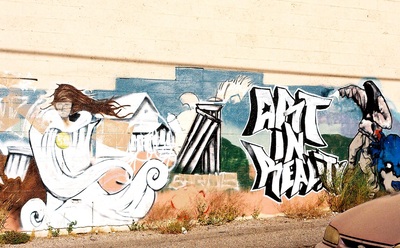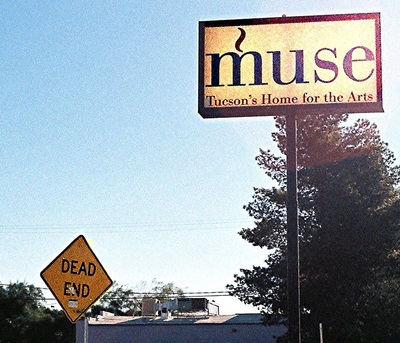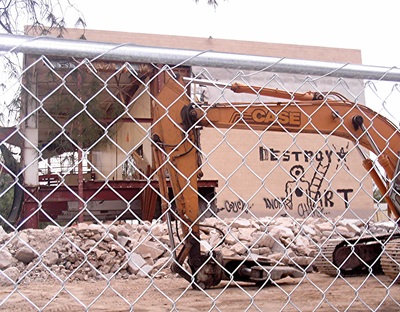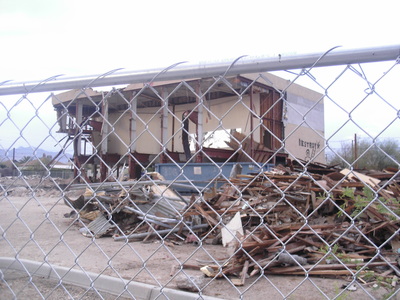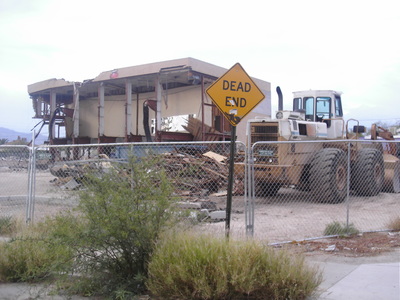My friend Denita is an artist, teacher, and psychologist who specializes in helping others access their deep creativity. She wrote this article for AY Atelier Art and Art 4 All People, and gave me permission to reprint her article here. You can have a look at her art as well here. All artworks in this article are copyright Denita Benyshek.
Shamans were the first
Einsteins, bicyclists, and blue ribbon apple pie bakers.
Einsteins, bicyclists, and blue ribbon apple pie bakers.
Shamans receive their calling from blackberries and
commune with disembodied spirits through apples.
commune with disembodied spirits through apples.
Shamans journey to the spirit world and bring back moon rocks,
postcards of the Eiffel Tower, and empty bottles of tequila.
Shamans work for the benefit of their communities,
plug in their electric guitars and collect the garbage.
During times of disbelief or persecution,
shamans secretly do their work standing
in lines, in banks, in grocery stores,
along the branches of family trees.
When you are waiting for your turn at the high dive,
there is always a shaman somewhere in line behind you,
beating a drum,
beating a drum.
beating a drum.
The Transformative Power of Shamanic Art
by Denita Benyshek, PhD
Several years ago, I participated in a shamanic drum ceremony given by the anthropologist, Dr. Ruth-Inge Heinze. Her powerful, sustained drumming gave me a vivid, astounding, and meaningful series of visions. The progression of the visions and the symbolic conent of the visions were similar to what I experienced during artistic creativity. As I learned more about the calling, training, initiation, and practices of shamans, I recognized more and more similarities to my own artistic way of being. In shamanism, I found a model of how and why I make art.
Although I am formally trained as an artist (with both a BFA and an MFA in painting), I was so fascinated by the multiple relationships between artists and shamans, including the intent to heal, that I pursued a graduate certificate in the psychology of creativity, a masters degree in marriage and family therapy, and then a doctoral degree in humanistic and transpersonal psychology.

What is a Shamanic Artist?
My research (Benyshek, 2013a, 2013b, 2013c, 2013d) demonstrated how contemporary artists serve as shamans. Shamanic artists are socially designated spiritual practitioners who voluntarily regulate their attention for the purpose of obtaining information generally unavailable to their community, which is used for the benefit of communities and individual members of those communities. All of these properties must be fulfilled for an artist to fully qualify as a shaman.Artists might have some, but not all, of the shamanic properties. These artists can be thought of as having family resemblances to shamans. Like sisters who resemble their mother in certain ways, some artists are similar to, and also different than, shamans.
There are many different ways in which artists fulfill shamanic properties, such as dreams, prayer, ritual, purported psi experiences including divination and relationships with spirits, interaction with the Zeitgeist, genetic influences, neurological functions, personality types, androgyny, learning to see, mastering craft, a symbolic kind of dismemberment and disintegration that is followed by reintegration and rebirth, relationships with nature, alternate states of consciousness, intent to heal, and much more! If you want additional information about artists and shamans, you may read some of my publications online.
For myself, formally studying artists as shamans confirmed my way of creating art and provided meaningful support. The model of shamanism “understood” how my psi experiences and dreams relate to my artistic creativity, how many ways of being and many realms and different times and memories and insights and immediacies are integrated into one work of art. In my paintings, poems, and performances, I represent a kind of visual/mythic/symbolic stream of consciousness, those seemingly disparate elements that are intimately associated in the imagination. I realized that I could perform my work, whether making art or conducting research, as a spiritual practice for the purpose of providing beauty, knowledge, meaning, and healing.
The Benefits of Art:
Have You Taken Your Dose of Art Today?
Contemporary artists are most likely to fulfill the shamanic property related to providing benefits to their communities. These benefits are found in statements made by many artists as well as studies on the benefits provided by the arts. Art can provide for psychological, social, physiological, and/or spiritual needs of individuals and communities.Have You Taken Your Dose of Art Today?
There are many studies showing positive effects result from art engagement.
The visual arts can provide topics for conversation that strengthen relationships and form community (see Wikström, Theorell, and Sandström, 1992). Novels like Black Beauty (Sewell, 1907), Uncle Tom’s Cabin (Stowe, 1852), and The Heroic Slave (Douglass, 1853/1975) contributed to major social changes. Artists today work to create beauty amidst despair, provide spiritual experiences to a materialistic society, build bridges between different ethnicities, help folks form deeper relationships with their own souls, and much more.
An artwork can provide a screen onto which an individual can project internal conflicts or emotions, safely experiencing dissociated emotions in an externalized form, for a limited time, within a beautiful container. Ecstatic catharsis can result, with greater insight resulting, and then these insights can be intergrated into an individual’s sense of self.
Listening to music resulted in surgical patients needing less anesthesia (Ayoub, Rizk, Yaacoub, Gaal, & Kain, 2005), reduced pain, anxiety, depression (Guétin et al., 2011), lowered heart rate and blood pressure in cardiology patients (Bradt, 2009), decreased anxiety from pressures to excel in gifted students (Cadwallader & Campbell, 2007), positively effected intelligence, mental health, and immunity (Avanzini et al., 2006), and improved fluency, ease of movement, and levels of antibodies, while also decreasing levels of stress hormones in people with Parkinson disease (Enk, 2008).
When surgeons listen to their favorite music during surgery, their surgical skills improve. For two weeks, seniors listened to music from their youth. At the end of that time, they stood straighter, grew in height, were happier, and had improved physical signs of health. Amazing!
At a certain neurological level, the brains of people reading novels respond to stories as though the readers were really, physically part of the story. In the mind of the reader, fiction becomes reality. Is this a form of magic?
During receipt of benefits from spiritual, healing art, art audiences are partly functioning as shamanistic (shamanlike) communities. A contemporary audience might not label individual artists as shamans. Nonetheless, when an art audience receives benefits from a work of art, the work’s artist is implicitly designated as a shaman.
When an individual is engaged with art (as an artist, member of the audience, or collector), art can evoke memories, make new connections, heighten awareness, discharge repressed emotions, halt patterns of repression, lead to self-discovery, create empathy with individuals or cultures, remind society of social ills needing attention, and lead to individual and societal healing.
Audience members utilize their own creative processes during art engagement. The efficacy of shamanic art is quite dependent upon the talents (inborn) and skills (learned and developed) of individual art audience members. I believe that audience members and collectors will benefit even more from art as they learn how to invite, engage, undergo, and accept the transformative benefits offered by art.
The Role of Art Collectors
Art collectors play a critical role in the artist-artwork-audience-society system, providing a type of social support and acceptance to shamanic, healing artists that is unavailable elsewhere. Collectors give themselves opportunities to develop deeper ongoing relationships with works of art, through repeated encounters and a prolonged, appreciative gaze. The artist has thrown the ball. The collector catches the ball. Both roles are important!I’ve always found it fascinating that whenever I meet someone who owns my art, we are immediately elated and enjoy a deep sense of connection. It is a special relationship that continues no matter how far apart we are. Collectors purchase art that is personally expressive of who they are. Thus, my collectors and I have some quality, experience, memory, dream, some phenomena in common. Somewhere in the Venn diagram of spirituality, our souls overlap and unite.
Surrounding one’s self with art can strengthen one’s self knowledge and contribute to self actualization. Buying art is an unabashed act of personal strength, expressing individuality and freedom: This is what I like. This is what I choose to live with every day. This is who I am!

Sources of Inspiration, Doorways to Soul
If I find myself mentally thinking of some tune, I begin whistling or singing that tune, to bring it further out into the physical, sensate world. Moving my body with the tune strengthens the kind and level of integration with self. Sometimes such movements feed ideas for my works of art. In my studio, I listen to music to establish mood, sustain creative flow, and facilitate entry into light creative trance. Listening to Joni Mitchell and Laura Nyro over and over and over supported me in making art that was profoundly personal, feminine, honest, strong, and caring. I also learned all of their songs and can sing every word of their lyrics, copying the singer’s inflections and expressions. But, when I play piano and sing Joni Mitchell’s songs, or sing Laura Nyro a cappella as a birthday gift for a friend, I offer my own interpretations and the songs are transformed into different shapes and colors.When I was at the Ucross Art Foundation in Wyoming, I decided to paint spontaneously. Yet, while working on the oil painting, Woman and Man: The Human Animal, I realized I had dreamt about this painting – and my studio at the Ucross Foundation – months before I arrived. In the realm of dreams, I already knew what the art studio looked like.
In the graphite drawing, Prelude to Confluence, multiple sources of inspiration are present: wilderness and culture, male and female, growth and harvest, dream and fulfillment. Shamanically, I am bringing together phenomena considered opposite. In my drawing, the opposites dance in a conjunctio oppositorum, making love and creating beauty. The large collage, Sonata in Joy Major, was created in response to works made by other artists that were dark, desultory, destructive, aggressive, or victimized. I wanted to make a work of art that was enlivened by color, movement, nature, that would give viewers a sense of joy. The watercolor Thanks Giving is a quiet and mystical celebration of the natural qualities of fecundity, pregnancy, possibility, birth, growth, and fruition. The Sacred Ladder of Light, engraved and collaged glass with embroidery, celebrates the spiritual, creative power of women.
My paintings can be seen as acts of celebration, wisdom, insight, and healing self-expression that are also intended to move and heal viewers, communities, and society, even relationships with nature. Many works, such as the drawing Beginning of a Long Journey, depict the journey of individuation or stages in the hero’s journey.
Invitation
I invite you to slow down and linger, gaze meditatively at my artwork. You can discover your source of inspiration within the reality of my artwork. Enter through the painted door, cross the collaged threshold into a living realm of beauty, meaning, knowledge, experience, and reality of self, where you can meet your self and embrace your soul.
Many blessings,Dr. Denita M. Benyshek
January 19, 2013, Snoqualmie Valley,
Washington
Biography
Dr. Denita Benyshek is a professional visionary artist, an internationally recognized researcher on contemporary artists as shamans, and a psychologist who provides psychotherapy and coaching services to artists and creative individuals. The artist-researcher-healer’s education includes a BFA and MFA in painting, training in dance and theatre, study at Pilchuck Glass School, a graduate certificate in the psychology of creativity, an MA in psychology – marriage and family therapy, and a Ph.D. in humanistic and transpersonal psychology. Dr. Benyshek’s conference presentations integrate scholarship, visual art, poetry, dance, and theatre. Articles, chapters, and PowerPoint presentations by Dr. Benyshek can be read and downloaded online.
A recent study (Cardeña, Iribas-Rudin, & Reijman, 2012) entitled “Art and Psi,” published in The Journal of Parapsychology, described some of Dr. Benyshek’s precognitive and remote viewing experiences as part of the discussion about artists and paranormal phenomena.
© 2013, Denita Benyshek
Psychotherapy:http://www.
References:
Avanzini, G., Besta, C., Lopez, L., Litta, E., Koelsch, S., & Majno, M. (Eds.). (2006). The neurosciences and music II: From perception to performance (Vol. II). New York, NY: New York Academy of Sciences.
Ayoub, C. M., Rizk, L. B., Yaacoub, C. I., Gaal, D., & Kain, Z. N. (2005). Music and ambient operating room noise in patients undergoing spinal anesthesia. Anesthesia and analgesia, 5, 1316-1319.
Benyshek, D. (2013a). An archival exploration comparing contemporary artists and shamans. PhD, Saybrook University, San Francisco, CA.
Benyshek, D. (2013b). Art audience as shamanic community: How art meets psychological, social, and spiritual needs (Wang, Trans.). In G. Shuyun, W. Weibo & Q. Fang (Eds.), Modern artists and shamanism (Vol. II of Encyclopedia of shamanism). Beijing: 商務印書館 (The Commercial Press). Retrieved from Art Audience as Shamanic Community: How Art Meets Psychological Needs.
Benyshek, D. (2013c). An Overview of Western Ideas regarding the Artist as Shaman (Wang, Trans.). In G. Shuyun, W. Weibo & Q. Fang (Eds.), Modern artists and shamanism (Vol. II of Encyclopedia of shamanism). Beijing: 商務印書館 (The Commercial Press).
Benyshek, D. (2013d). The artist as shaman. ReVision, a Journal of Consciousness and Transformation, 32(2), 54-60.
Bradt, J. A. (2009). Music for stress and anxiety reduction in coronary heart disease patients Cochrane Database of Systematic Reviews (Vol. 2). New York, NY: John Wiley.
Cadwallader, S., & Campbell, J. (2007). Gifted students beat the blues with heavy metal. Coventry, England: University of Warwick.
Cardeña , E., Iribas-Rudin, A., & Reijman, S. (2012). Art and psi. Journal of Parapsychology, 76(1), 3-23.
Douglass, F. H. (1879). The heroic slave. In J. Griffiths (Ed.), Autographs for freedom. Boston, MA: John P. Jewett
Enk, R., Franzke, P., Offermanns, K., Hohenadel, M., & Koelsch, S. (2008). Music and the immune system. Paper presented at the meeting of the 14th World Congress of Psychophysiology – The Olympics of the Brain, St. Petersburg, Russia. Retrieved from http://pubman.mpdl.mpg.de
Guétin, S., Giniès, P., Siou, D. K., Picot, M. C., Pommié, C., Guldner, E., . . . Touchon, J. (2011). The effects of music intervention in the management of chronic pain: A single-blind, randomized, controlled trial. Clinical Journal of Pain. Retrieved from http://www.prohealth.com/ibs/library
Sewell, A. (1922). Black Beauty: The autobiography of a horse. Garden City, NY: Doubleday, Page, & Company.
Stowe, H. B. (1852). Uncle Tom’s cabin or life among the lowly (Vol. I & II). Boston, MA: John P. Jewett & Company.
Wikström, B.-M., Theorell, T., & Sandström, S. (1992). Psychophysiological effects of stimulation with pictures of works of art in old age. International Journal of Psychosomatics, 39(4), 68-75.









